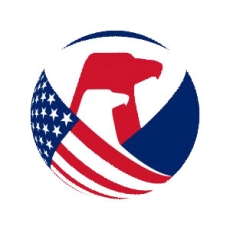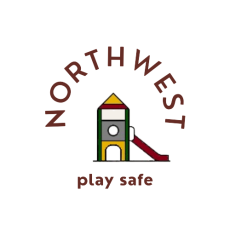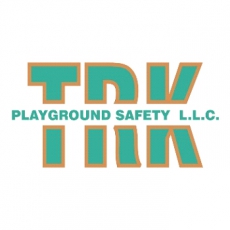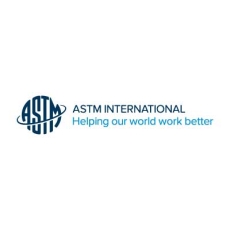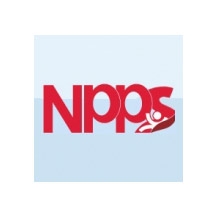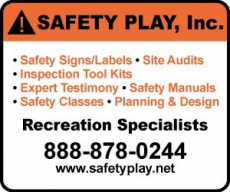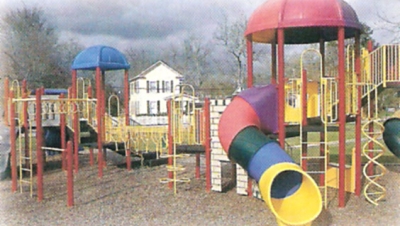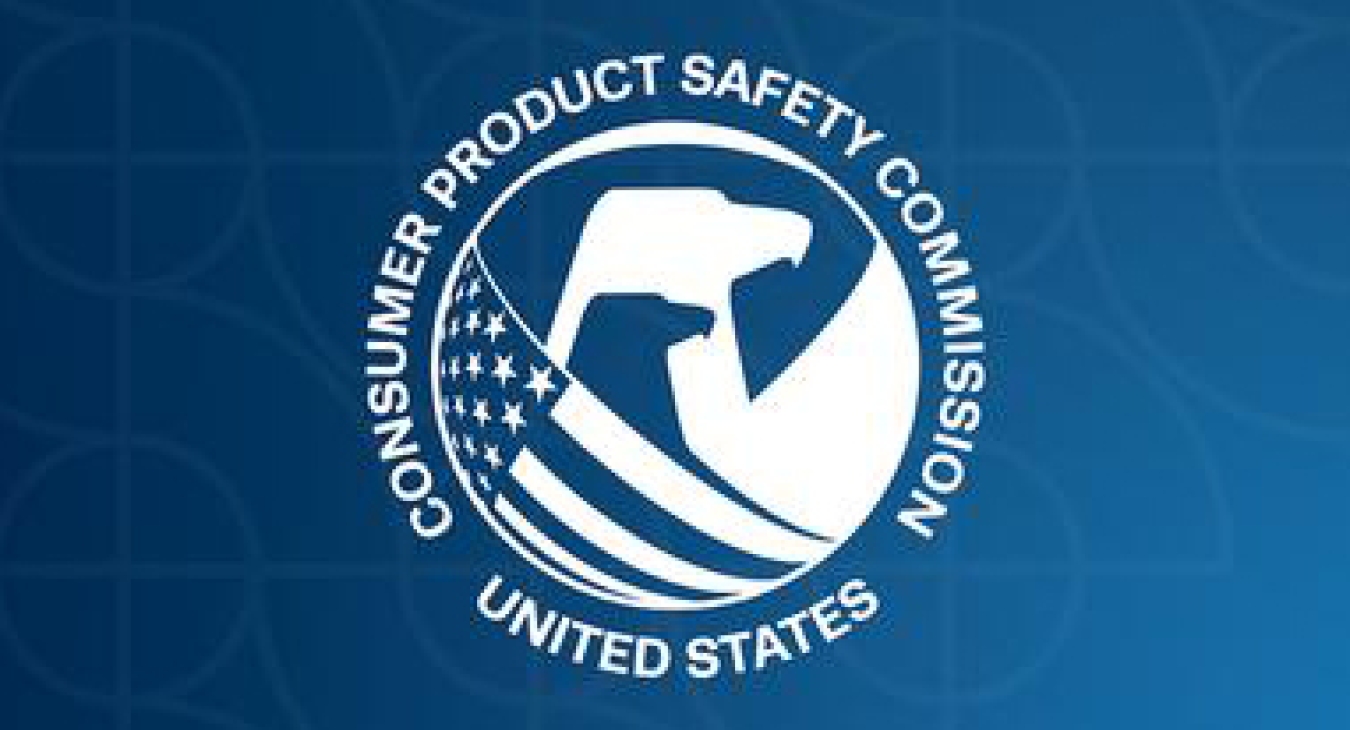
In the late 1920s the Consumer Product Safety Commission’s National Electronic Injury Surveillance System (NEISS) started collecting data concerning playground injuries. This information, along with a bit of public outcry, resulted in the CPSC issuing two documents in 1981. These two handbooks were entitled “Technical Guidelines for Equipment and Surfacing” and “General Guidelines for New and Existing Playgrounds.” One document was developed for the designers and manufacturers of playground equipment, the other was for consumers and playground owners. These documents were condensed in 1991 into one booklet entitled; “Handbook for Public Playground Safety”.
These federal guidelines quickly established that surfacing was a critical part of playground safety. In fact the CPSC found that three quarters of all “injuries on public equipment resulted from falls, primarily falls to the surface.” (Tinsworth)
The handbook recommends that hard materials such as asphalt, concrete, earth, grass, and turf not be used under playground equipment.
In 1990 the CPSC performed tests that led to the publication of “Impact Attenuation Performance of Playground Surfacing Materials” and also “Playground Surfacing Technical Information Guide”. These documents offer comparisons of different types of surfacing products and materials.
The 1991 condensed and single edition of the handbook contains information concerning impact attenuation performance of seven known loose fill materials.
The words impact attenuation and head injury criteria may seem big and scary but each concern a test method recommended by ASTM to determine the shock absorbency of playground surface materials. The procedure uses an instrumented head form that is dropped from a designated height. Upon impact an acceptable surface will have no more than 200 G’s and head injury criteria of less than 1000. A suitable surfacing material will have a critical height value of at least the highest designated play surface. For more information about these tests refer to ASTM F1292. For information about surfacing that is much more technical in nature, you may also refer to the American Society for Testing and Materials (ASTM) documents F2333, F1951 and F2075.
The CPSC spurred and encouraged the nation to be aware of playground surfacing and other safety issues. The recommendations given in the Handbook for Public Playground Safety are designed to help prevent injuries from happening due to known playground equipment hazards. Lack of a protective surface, or poor maintenance on the playground surface are hazards that lead to injury. Each playground owner is responsible to ensure that the playground has adequate protective surfacing. The CPSC is a great reference that can point you in the right direction.

